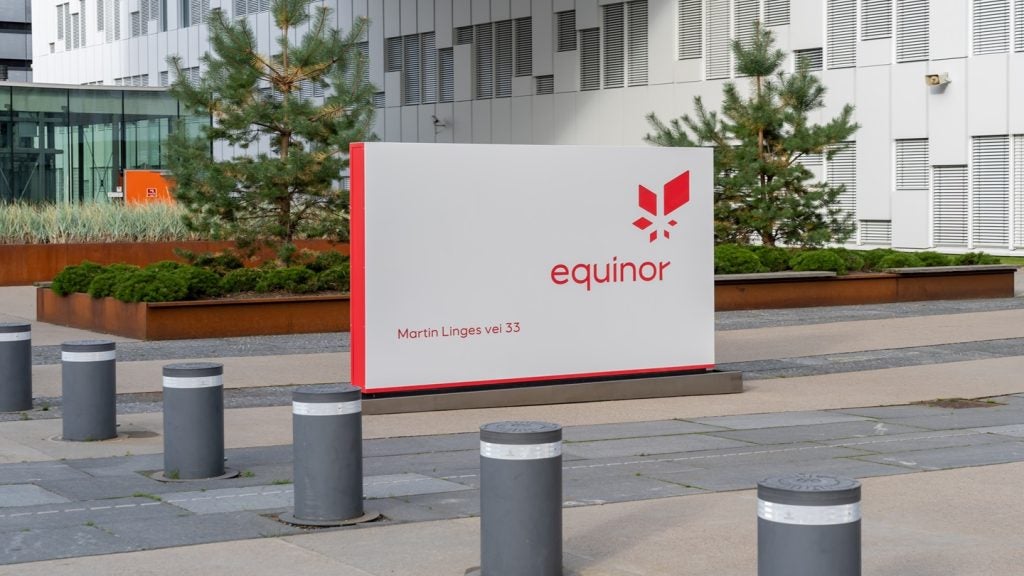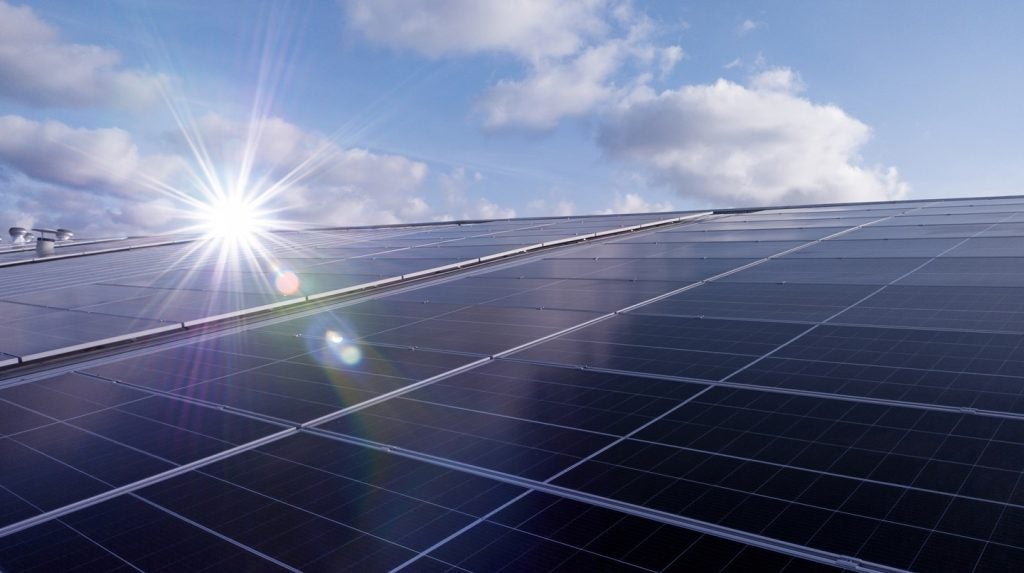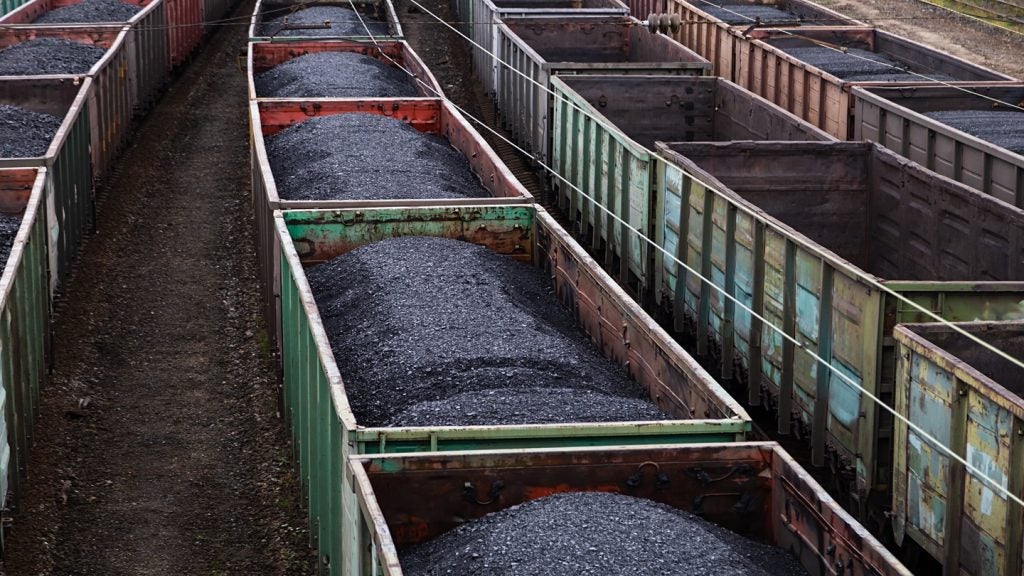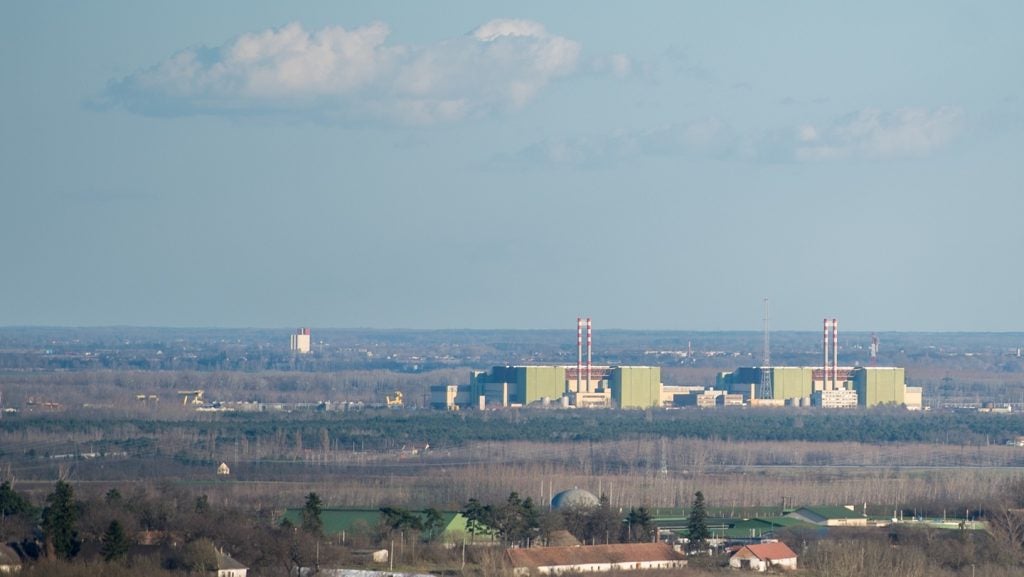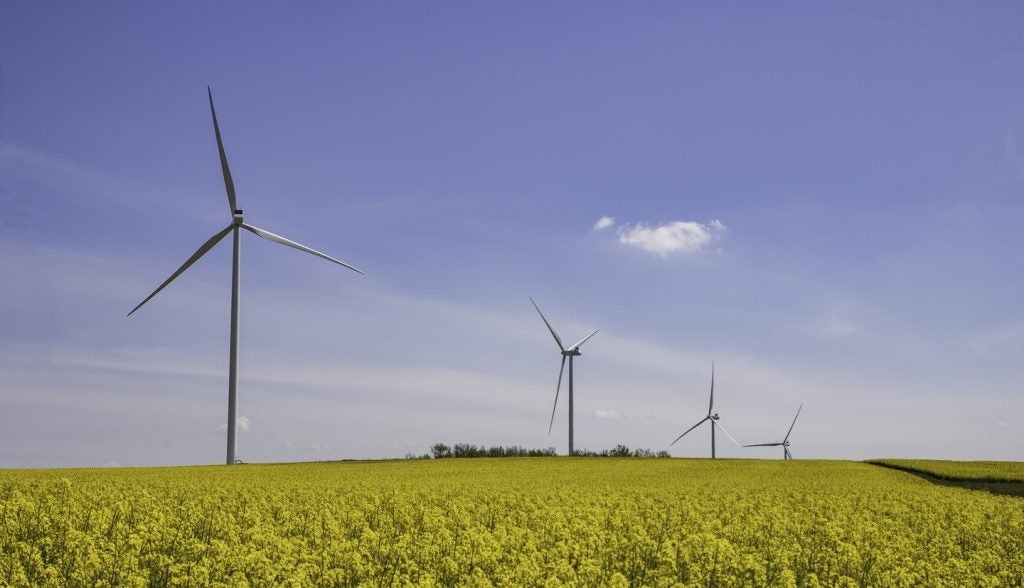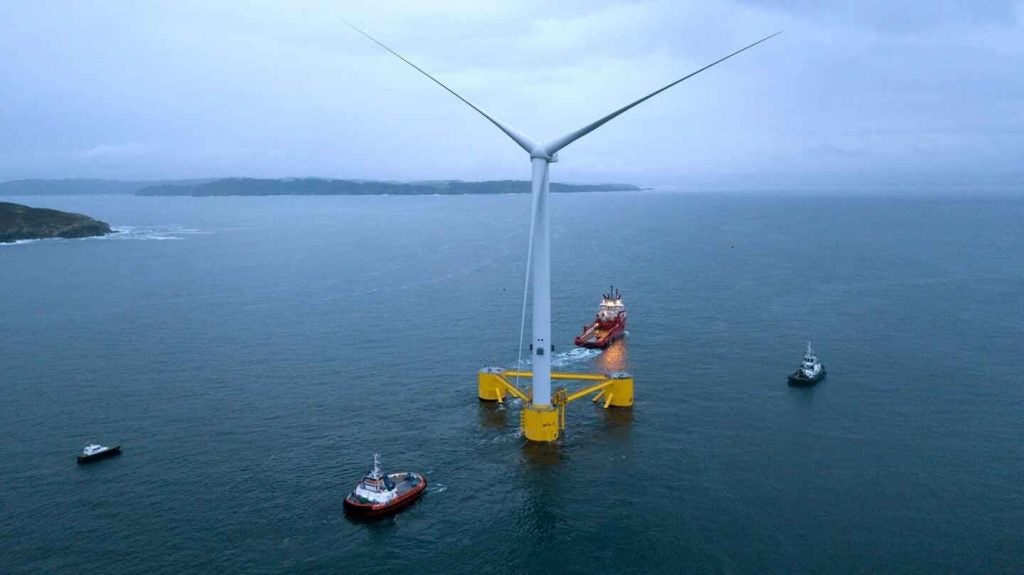Norway's Equinor is reducing its renewables division workforce by 20% amid challenges in the offshore wind sector, as reported by Reuters.
The company will compete for fewer new projects as it streamlines operations.
The move mirrors similar actions by European rivals such as Shell and BP, which have scaled back renewables to focus on more profitable ventures.
Equinor plays a significant role in the global offshore wind sector but has recently faced setbacks due to cost inflation, high interest rates and supply bottlenecks.
"We have decided to reduce the number of people working with renewables in Equinor," a company spokesperson stated, noting that the reduction equates to approximately 250 full-time jobs.
The size of the cutbacks has not been previously reported, but the actual number leaving will be lower and those directly employed by the parent company will be offered alternative roles in other business areas.
"We have exited some markets and prioritised existing ones," the spokesperson added.
In early 2024, Equinor abandoned offshore wind activities in Vietnam, Spain, Portugal and France, and scaled back plans in Australia.
At the end of 2023, it had 23,000 employees but did not provide a detailed breakdown of staff reductions by country.
Offshore wind accounts for most of Equinor's renewable activities, though staffing reductions also affect onshore wind and solar. Subsidiaries Polish Wento and Danish BeGreen are not impacted.
Despite these changes, Equinor maintains its target of achieving between 12 and 16GW of installed renewable energy capacity by 2030.
Equinor will focus on constructing three major offshore wind projects: Dogger Bank in Britain, Empire Wind 1 in the US, and Baltyk 2 and 3 in Poland.
Any potential adjustments to this goal will be addressed in the company's annual capital markets update in February 2025.


